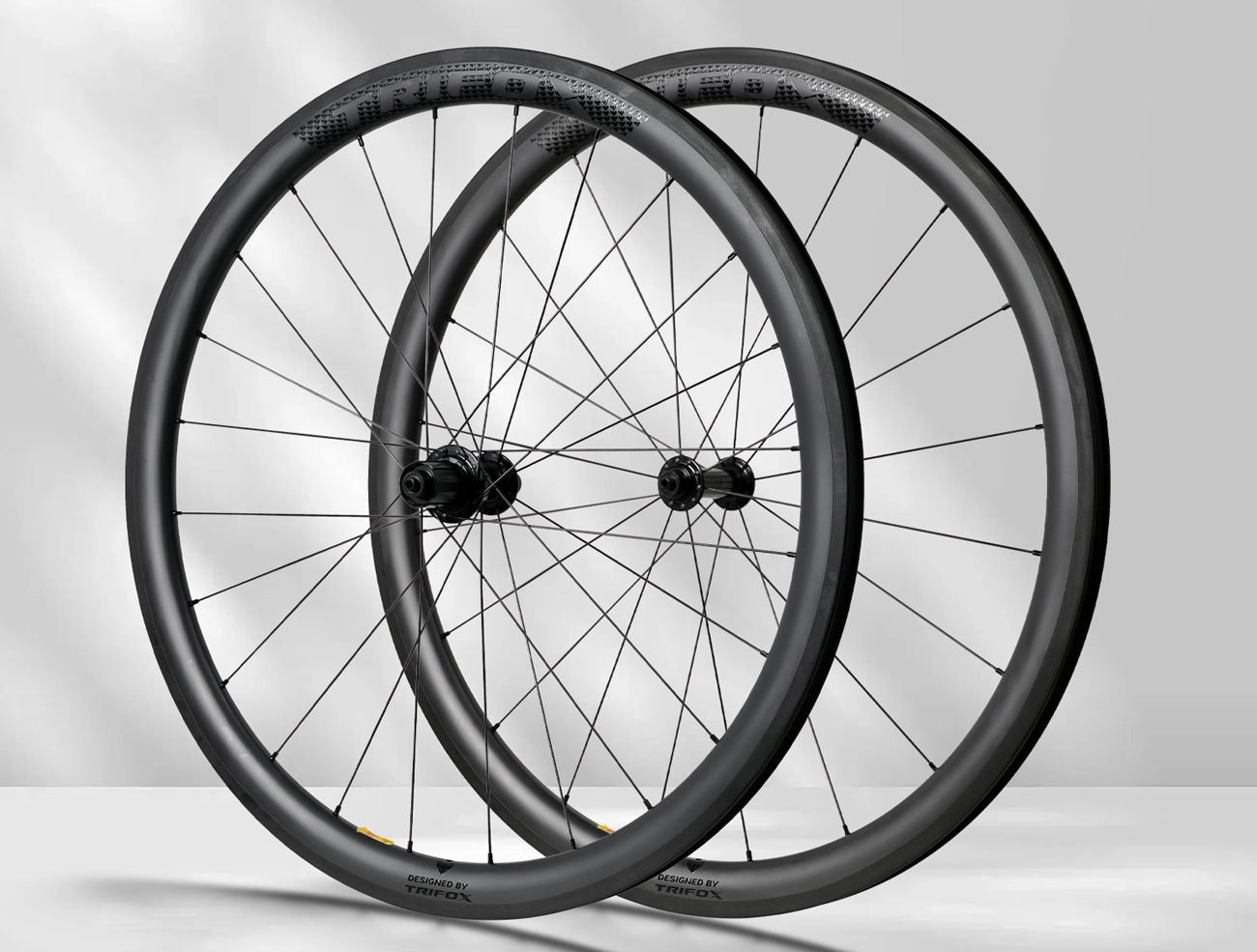Team members should pay attention to the notice before departure, understand the general route, destination, and contact information of the person in charge of the team, and maintain their own bicycles. Only qualified vehicles can participate in the activity.
Comply with traffic regulations and other relevant laws and regulations. It is strictly forbidden to run a red light, drive in the wrong direction, and take the fast lane or sidewalk casually.
Obey the command and act on time. Leaving the team must be reported to the team leader and agreed upon. If you leave the team while the team is riding, you should put the car in a conspicuous place by the side of the road so that the team leader behind will not miss it.
The former team leader is the symbol of the team leader, and the rest of the team members ride in double rows. When the road is narrow and there are too many vehicles, it can be changed into a single row. Try to keep up with the team and line up neatly while riding. Do not exceed the previous team leader without the permission of the former team leader. When a general accident occurs, 1 to 4 team members will be left to deal with it according to the situation, and the rest of the team members will continue to follow the former team leader; if the former team leader encounters a breakdown and needs to stop, the team leader will decide to stay and wait or designate a temporary former team leader to continue moving forward.
When riding in the team, if there are uneven roads or stones, or when the front team leader sends out single, double row, and avoidance change signals, they should promptly convey them to the teammates behind them. Take care of the teammates behind you in the riding action, and try to avoid sudden shaking, sudden braking, and other behaviors. When riding in the platoon, it is forbidden to leave the handlebars with both hands. When you need to leave the handle with one hand, you should actively distance yourself from the opponent in front, and try to use the handle that can control the rear brake.
Pay attention to keeping the distance between vehicles moderate, the faster the speed, the farther the distance should be, generally between 20–150cm. When the wind resistance is large, you can get as close as possible, and the downhill is extra. Take the initiative to take care of teammates with poor physical strength. Female team members cannot be allowed to leave the team to ride alone.
Climbing. When climbing the slope, the team rides separately and in groups, and the speed is determined by each person’s physical strength, but it is not allowed for female team members to ride alone. After reaching the top of the slope, the team leader assembles the team according to the situation and counts the number of people.
Downhill. Before going downhill, you must gather first, and ride in a single file when going downhill, with a distance of 5 to 10 meters between the front and rear. The speed of the team is controlled by the first person on the team. It is strictly forbidden to overtake when going downhill in the queue. After reaching the bottom of the slope, the team leader assembles the team according to the situation and counts the number of people.
Night road. If there are no motor vehicles on the road, the team will advance along the middle line of the road. The former team leader is responsible for turning on the lights and leading the team to avoid dangerous sections. Be sure to keep the formation tight, and inform the front team members in time before falling behind. If you have been separated from the brigade if you encounter a fork in the road and cannot distinguish the direction, the team members who must wait for the rear flag or recognize the road should not walk indiscriminately.
For the provisions of these regulations, the participants in the training activities should try their best to consciously abide by them. For the occurrence of violations, the persons in charge of the activities will dissuade and correct them, and deal with them within the scope of their powers.



















































































